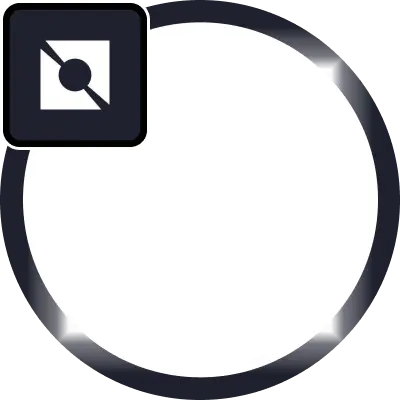Background and History
Tonstakers was developed to address the limitations of traditional staking on the TON blockchain. The protocol’s inception stemmed from the need to offer a more flexible staking solution that does not lock up users’ assets while still earning staking rewards. The project has grown to become a key component of the TON ecosystem, providing a secure and efficient method for users to maximize their staking yields.
Key Features and Technologies
Protocol Architecture
The Tonstakers protocol is designed with a modular architecture that separates various components into distinct layers. This architecture ensures scalability and allows for easy upgrades and integration of new features. The protocol’s core components include the staking pools, governance modules, and validator components.
Liquid Staking
At the heart of the protocol is the concept of liquid staking, which allows users to stake their TON tokens and receive derivative tokens in return. These derivative tokens represent the staked assets and can be used across the TON DeFi ecosystem for lending, trading, and more, all while continuing to earn staking rewards.
Governance Components
Tonstakers features a robust governance framework that empowers token holders to participate in protocol decisions. Key governance components include the Governor, Sudoer, and Interest Manager, each responsible for different aspects of the protocol’s management, such as adjusting staking parameters and overseeing protocol upgrades.
Validator Components
Validators play a crucial role in securing the TON network and processing transactions. Tonstakers integrates with validator software like MyTonCtrl to manage validator nodes efficiently. The protocol also includes a Controller component that automates validator operations, ensuring that staked assets are optimally allocated to maximize returns.
Security Measures
Security is paramount in the Tonstakers protocol. The protocol employs multiple layers of protection, including on-chain governance, auditing of smart contracts, and the use of reliable oracles for price feeds. Additionally, the protocol’s design incorporates risk mitigation strategies to prevent losses due to market volatility or validator failures.
Usage and Applications
Staking and Earning
Users can stake their TON tokens through the Tonstakers protocol and earn staking rewards. The staked tokens are managed by the protocol, which distributes rewards based on the amount staked and the performance of the underlying validators.
DeFi Integration
The derivative tokens issued by the protocol can be integrated with other DeFi protocols on TON, enabling users to leverage their staked assets in various ways. For instance, users can provide liquidity in decentralized exchanges (DEXs), participate in yield farming, or use the tokens as collateral for borrowing.
Tokenomics
The protocol has its own governance token, which is used to participate in decision-making processes. Token holders can vote on proposals, influence protocol upgrades, and help shape the future of Tonstakers. The token also plays a role in staking and earning rewards within the protocol.
Notable Events
Tonstakers has undergone several key developments since its launch, including the introduction of new governance modules, the integration of additional validator software, and the expansion of its DeFi partnerships. The protocol continues to evolve, with ongoing efforts to enhance its security, scalability, and user experience.
Relevant Metrics and Data
Tonstakers has shown significant growth in terms of total value locked (TVL) and user adoption. The protocol’s staking pools have attracted a large number of TON holders, contributing to the security and stability of the TON network.





